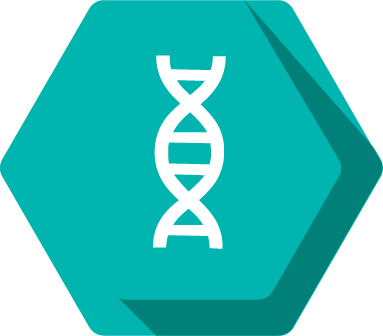Nicole Guibord

Pronouns: she/her/hers
Research Mentor(s): Julie Biteen, Associate Professor
Research Mentor School/College/Department: Chemistry, College of Literature, Science, and the Arts
Presentation Date: Thursday, April 22, 2021
Session: Session 5 (3pm-3:50pm)
Breakout Room: Room 7
Presenter: 6
Abstract
Despite the vast research by scientists across the world on the microbiome of the human gut, little is known about how concentrations of carbohydrates affect the rate of transcription. In my research, we focused on the level of expression of three targeted genes of Bacteroides thetaiotaomicron (Bt), a member of the human gut microbiome. The general assumption of scientists was that the level of expression of three genes depends on the concentration of carbohydrates. The three genes include 1760, 4668, and SusG, all of which code for glycoside hydrolase which hydrolyzes glycolic bonds. Real-time PCR is used to measure the amount of transcription of these genes of Bt in different solutions containing various concentrations of glucose and maltose. Ct values are then calculated to understand the amount of genetic material that has been transcripted in that solution compared to the 16S normalizer. From the Ct values, we estimate the fold change of each gene compared to the solution with a lower concentration of carbohydrates. Preliminary data suggests a relation between the concentration of the carbohydrates to the amount of the gene transcripted. This experiment sheds light on the mechanisms of regulation of the transcription of these three genes in Bt. A possibility for future study would be to use fluorescent microscopy to confirm our results.
Authors: Nicole Guibord, Laurent Geffroy
Research Method: Laboratory Research






